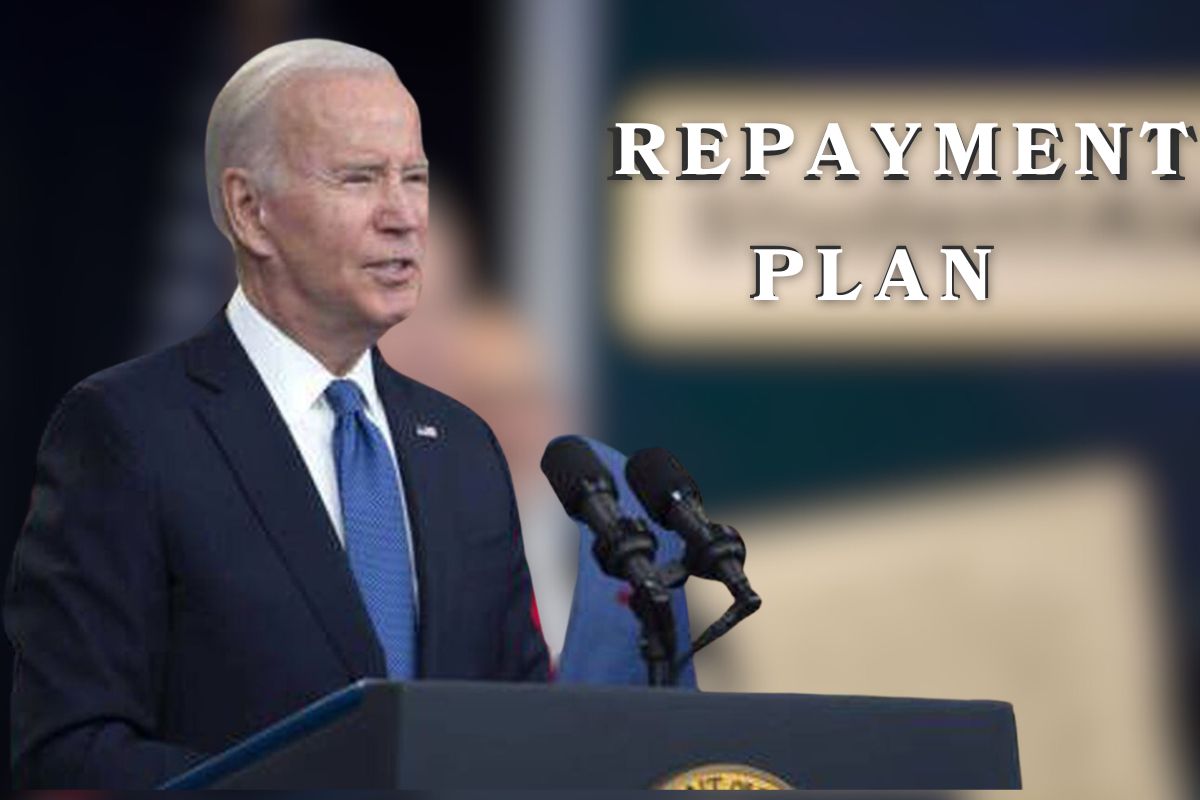Savings and Struggles: 2024 Repayment Plan News Updates

The loan repayment landscape of 2024 is a multifaceted terrain, marked by twists and turns that have left borrowers navigating a sea of challenges and opportunities. From the Biden administration’s much-touted Student Loan Repayment Plan Accountability and Transparency (SAVE) Plan to the nuanced developments in the Public Service Loan Forgiveness (PSLF) program, borrowers find themselves at the intersection of policy shifts, processing woes, and a vision for the future of loan management. Let’s embark on a comprehensive exploration of the latest news and updates in this intricate landscape.
Biden’s SAVE Plan Gains Traction
The summer of 2024 saw the announcement of the SAVE Plan, heralded as a potential “game-changer.” Fast forward to the present, and the plan has not only gained traction but has become a significant force in the realm of loan repayment Plan. Boasting a 60% surge in enrollment, the SAVE Plan has attracted 5.5 million borrowers seeking relief.
Offering substantially lower monthly payments for many participants, with over half qualifying for payments as low as $0, the initiative aims to ease the burden of student debt. Despite criticisms regarding eligibility challenges, the SAVE Plan signifies a substantial step towards creating a more manageable landscape for borrowers.
Public Service Loan Forgiveness Gets a Boost
Public servants received a welcome boost with recent fixes to the PSLF program. An additional $5.2 billion in debt relief has been granted to 53,000 borrowers, addressing previous technicalities and bureaucratic loopholes. These fixes include innovative solutions like counting certain periods of forbearance and deferment as qualifying payments, accepting payments made in multiple installments or with a slight delay, and recognizing a wider range of employment as public service.
The limited PSLF waiver, which ended on October 31, 2022, offered broader eligibility and allowed for counting previously non-qualifying payments. While the waiver has concluded, its benefits are still being processed, with borrowers anticipating adjustments to their payment counts in the coming months.
Processing Woes Plague Income-Driven Plans
Amidst the wave of optimism surrounding new initiatives, borrowers on existing income–driven repayment plans (IDRs) are facing frustrations. The Consumer Financial Protection Bureau (CFPB) reports widespread delays, inaccurate billing, and long hold times with loan servicers.
This bottleneck leaves many struggling to navigate essential repayment options and raises questions about the efficiency of existing systems. As the spotlight shines on new relief programs, the challenges faced by those on IDRs highlight the urgent need for a comprehensive overhaul of loan servicing practices.
The Future of Loan Management
Beyond immediate challenges, the landscape of loan management is in a state of flux. The CFPB has proposed a range of reforms aimed at addressing systemic issues. These include standardizing IDR applications, simplifying forgiveness processes, and holding servicers accountable for poor practices.
Simultaneously, discussions on broader student loan repayment plan forgiveness at the federal level continue. Leaving borrowers with a mix of hope and uncertainty regarding the future of their financial obligations. As these reforms take shape, the vision is for a more transparent, accessible, and equitable loan management system.
Public Service Loan Forgiveness (PSLF): A Glimmer of Hope and Continued Efforts for Improvement
The PSLF program, while offering a glimmer of hope for public servants burdened by student loan debt, has been marred by a tumultuous journey. Despite the promise of forgiveness after 120 qualifying monthly payments. Achieving this milestone has proven challenging. However, recent updates provide a ray of hope and shed light on ongoing efforts for improvement.
Recent Updates
The injection of $5.2 billion in debt relief for 53,000 borrowers represents a significant step forward. Fixes addressing technicalities and bureaucratic loopholes include counting certain periods of forbearance and deferment as qualifying payments. Accepting payments made in multiple installments or with a slight delay, and recognizing a wider range of employment as public service.
Additionally, the limited PSLF waiver, which ended on October 31, 2022, offered broader eligibility and allowed for counting previously non-qualifying payments. While it has concluded, its benefits are still being processed, with borrowers seeing adjustments to their payment counts in the coming months.
Ongoing Efforts for Improvement
The Department of Education is actively working on a one-time account adjustment to extend some of the benefits of the limited PSLF waiver to borrowers with Direct Loans who haven’t yet consolidated them. This move is expected to further increase qualifying payment counts for many borrowers.
Simultaneously, the Biden administration is taking steps to streamline the PSLF application process. Introducing a centralized PSLF Help Tool and enhancing communication with borrowers about their eligibility and progress. Advocacy for broader reforms is also gaining momentum, with lawmakers and advocacy groups pushing for permanent changes to the PSLF program.
Proposals include reducing the required number of qualifying payments or automatically enrolling eligible borrowers, aiming to make the program more accessible and effective in providing relief.
Challenges Remain
Despite the positive developments, challenges persist. Processing delays continue to plague the system, leaving many borrowers in limbo as they wait for their PSLF applications to be processed.
Furthermore, not all types of federal student loans qualify for PSLF, and not all public service jobs are considered qualifying employment. Leaving some borrowers out in the cold, navigating the complexities of an imperfect system.
In Conclusion
The loan repayment landscape of 2024 is a complex tapestry of progress, challenges, and ongoing efforts to provide relief to borrowers. As the future unfolds, the hope is that these initiatives and reforms will pave the way for a more transparent, accessible, and equitable loan repayment plan management system, ensuring that borrowers can navigate their financial journeys with greater ease and certainty.
SHARE
Stay in touch
To be updated with all the latest news, offers and special announcements.







